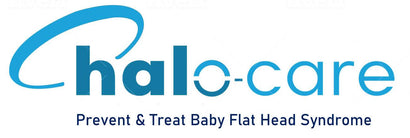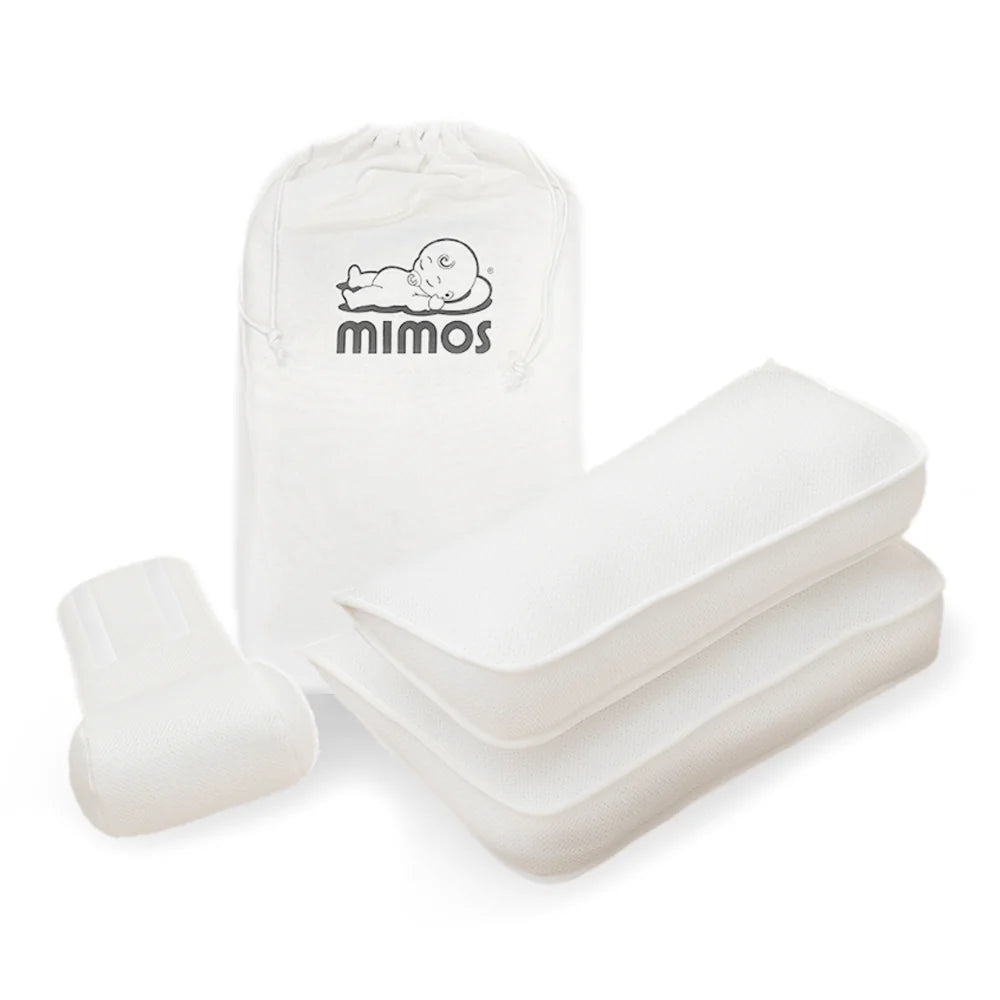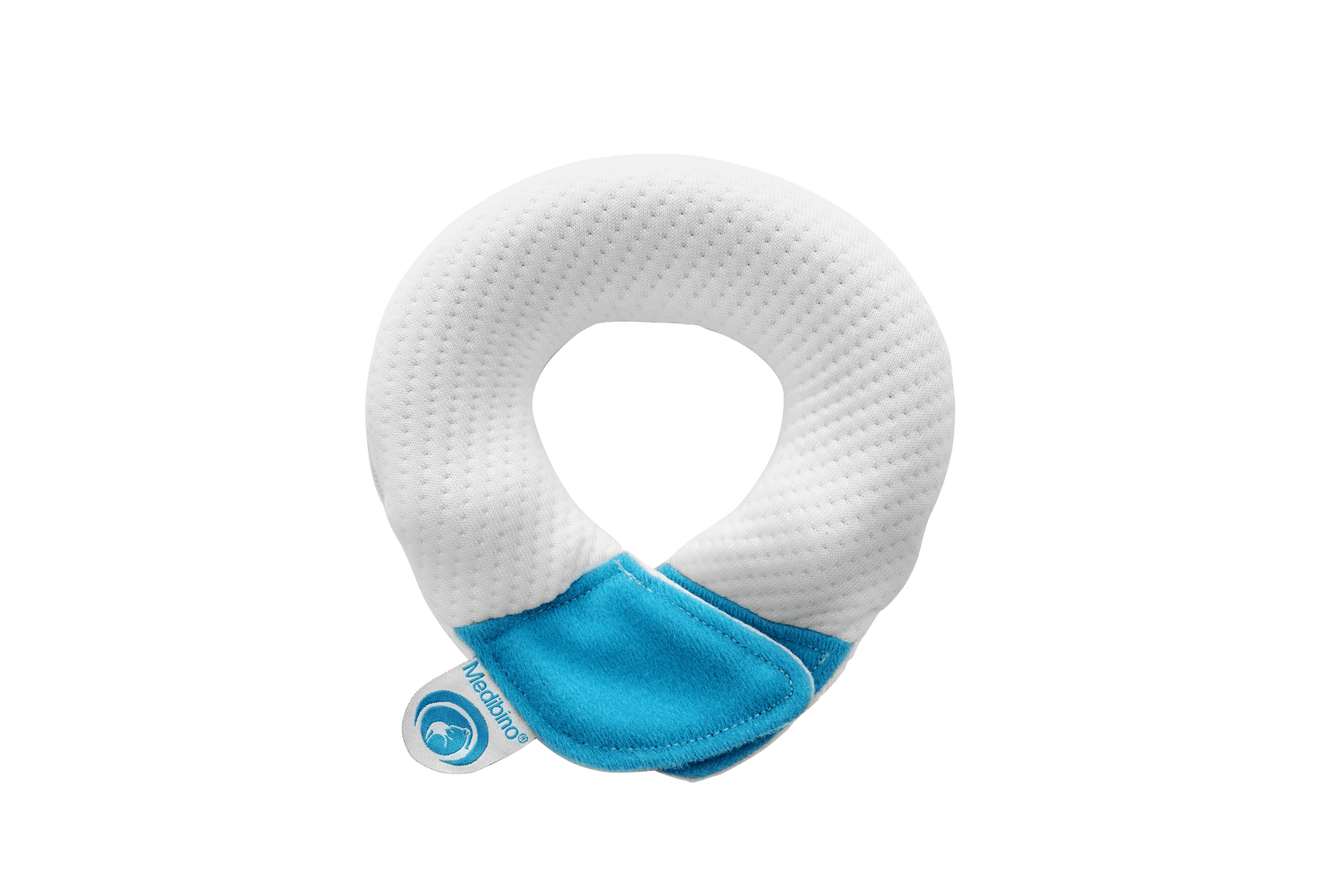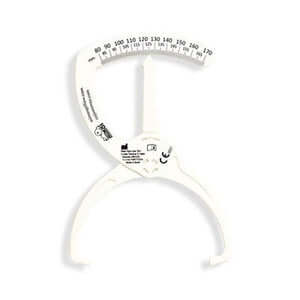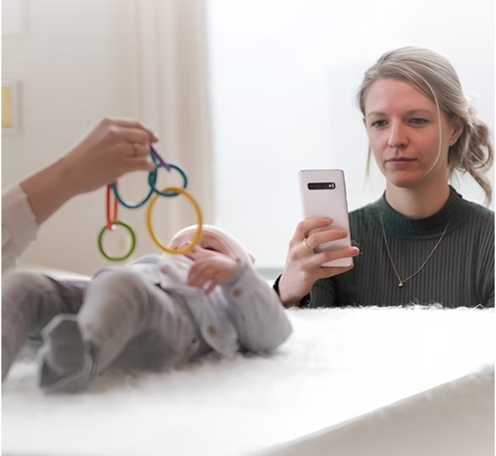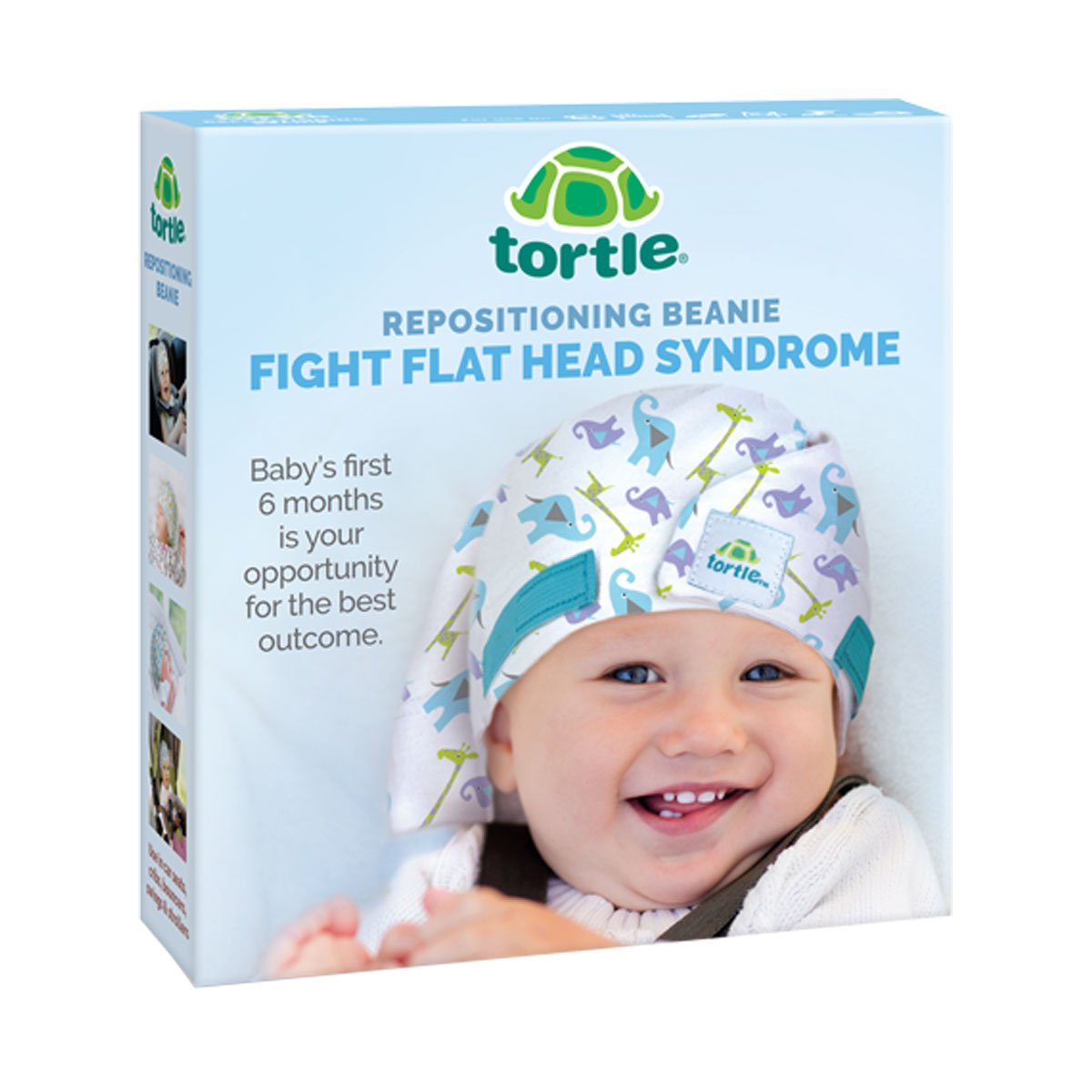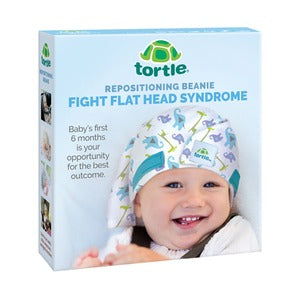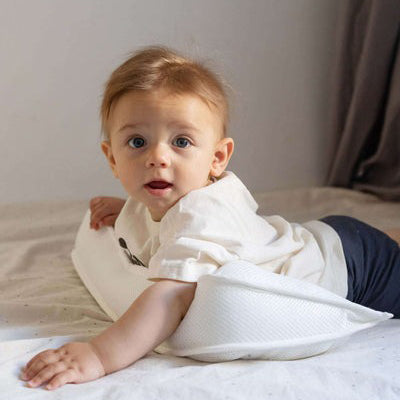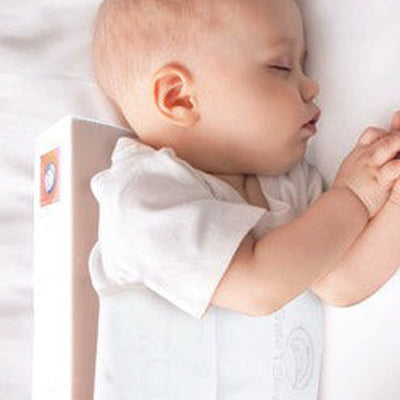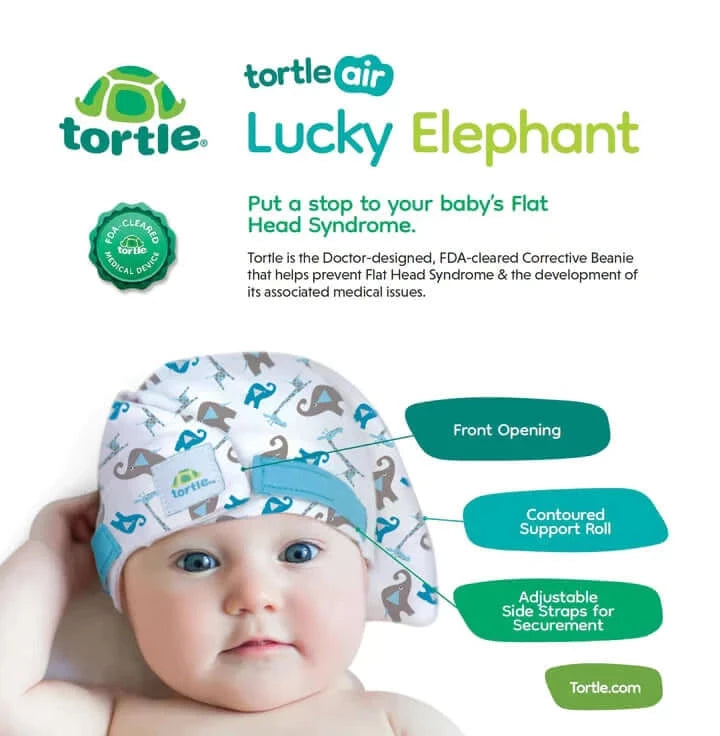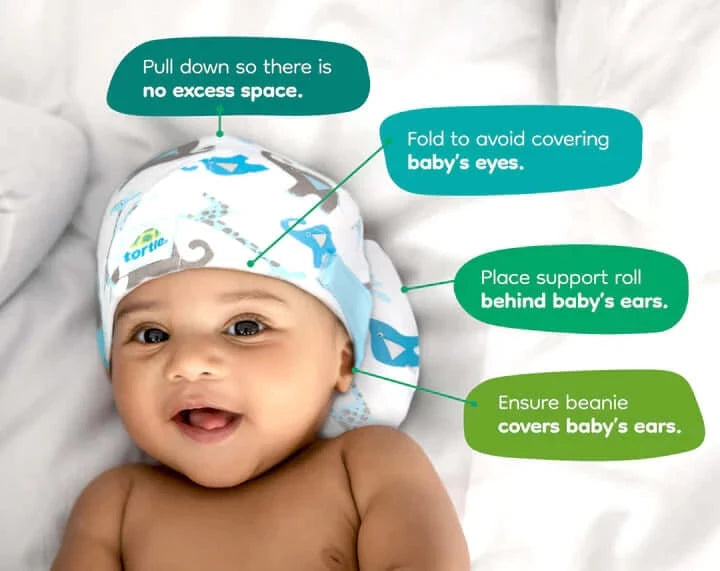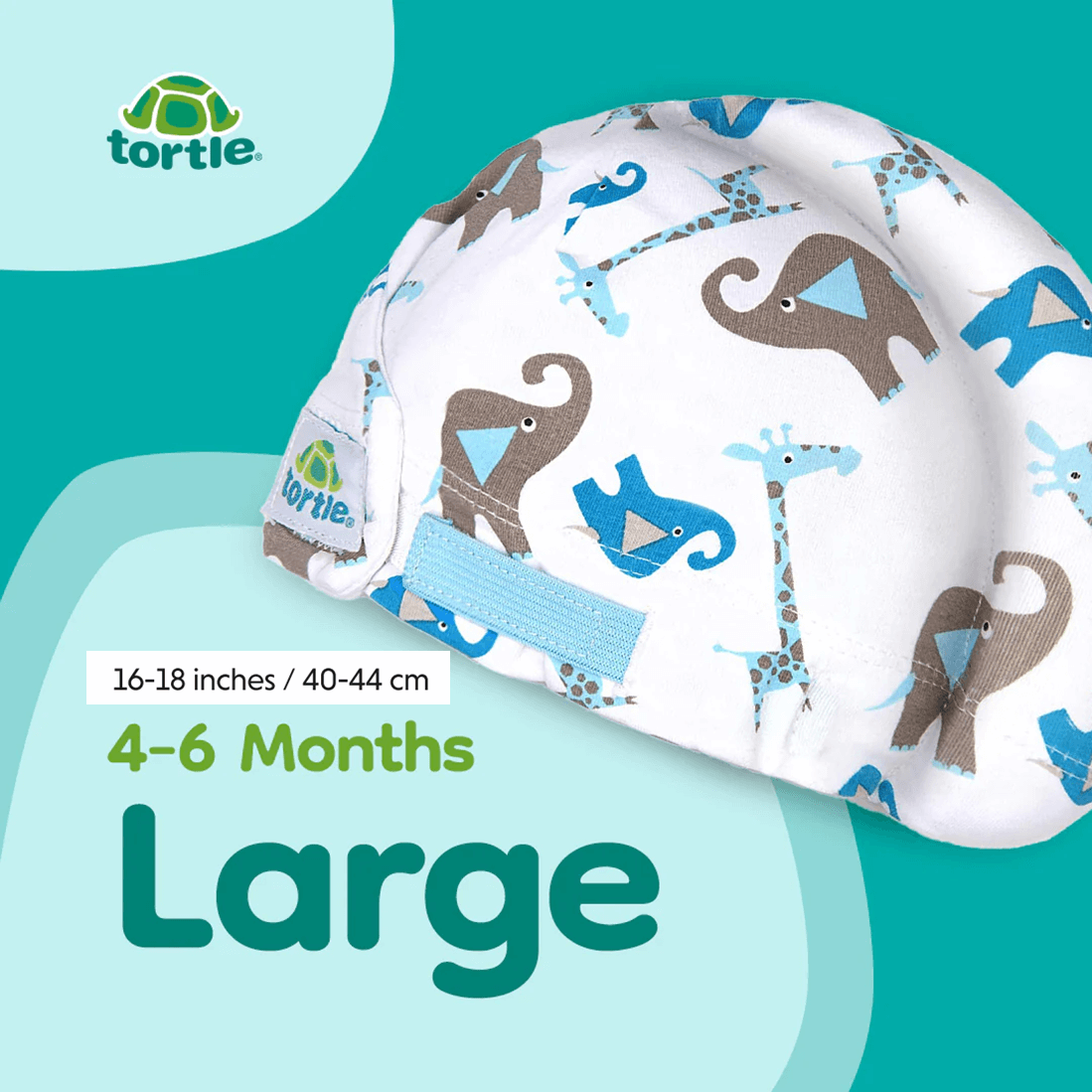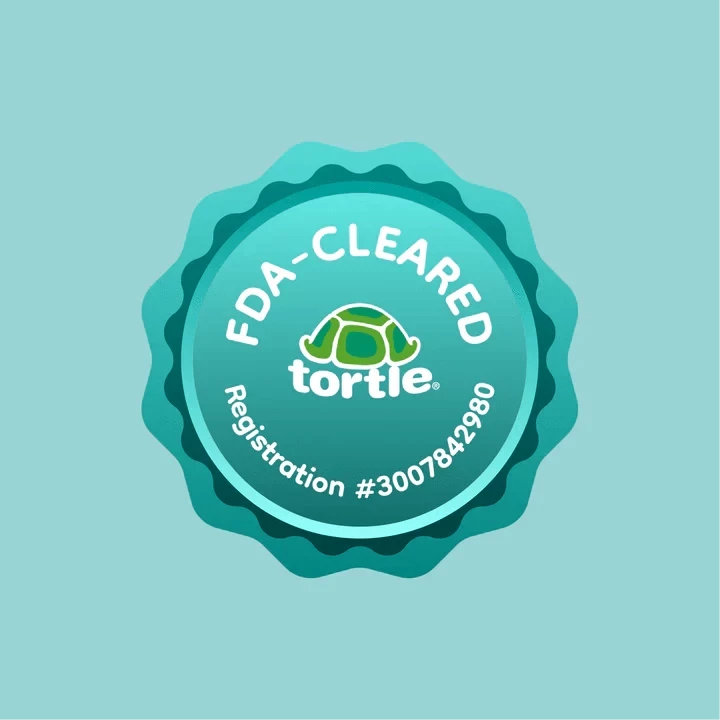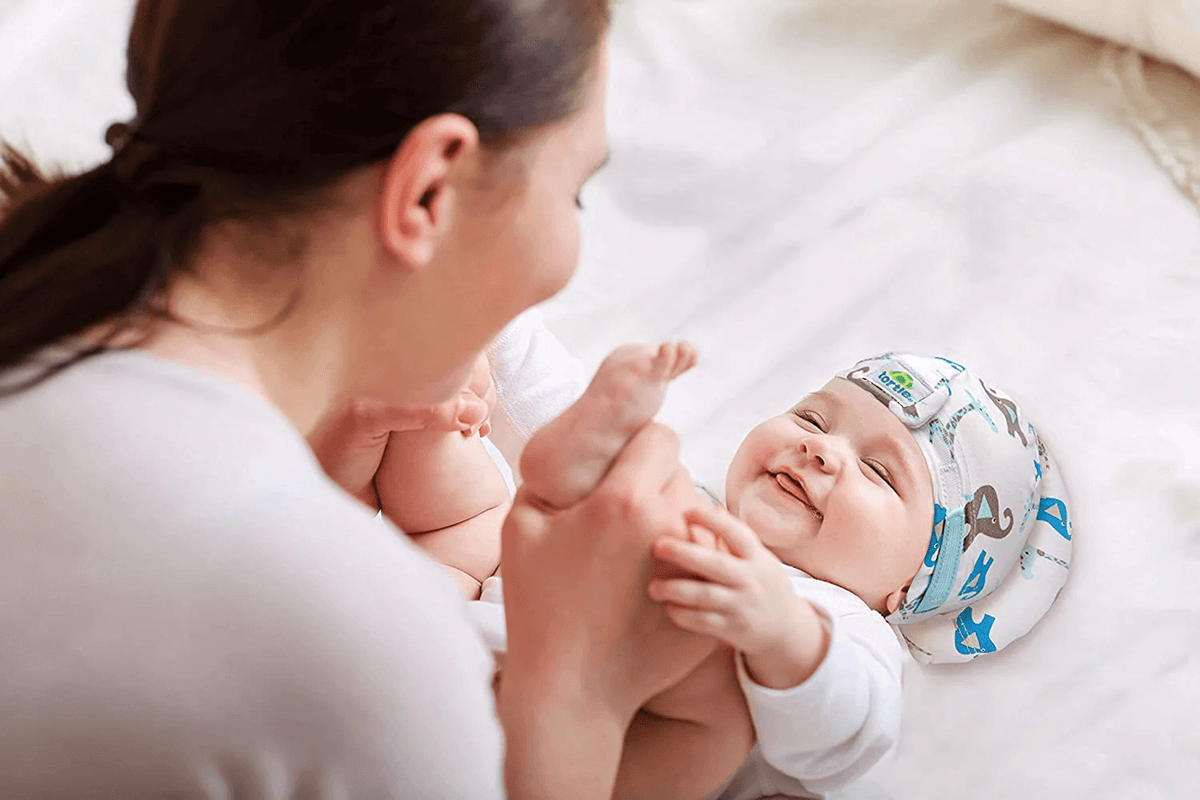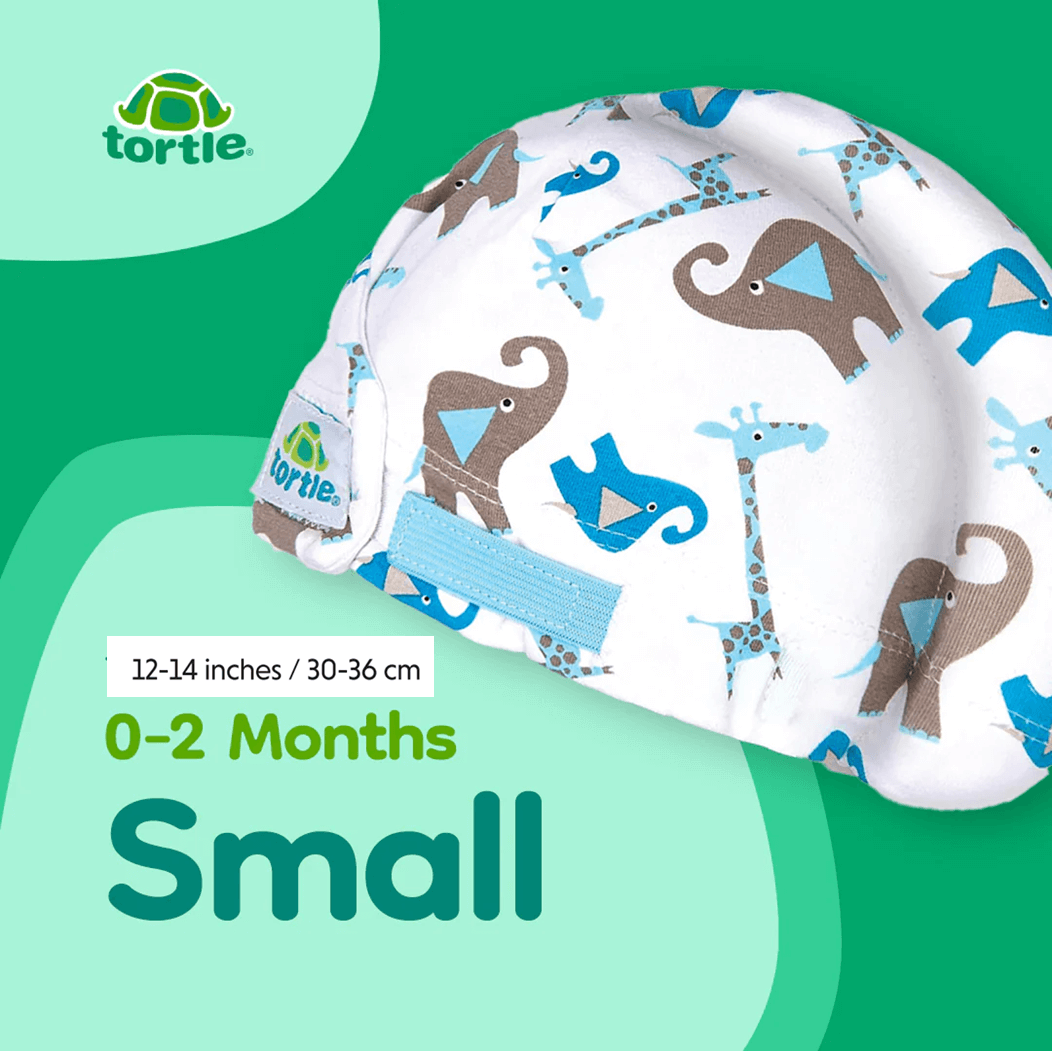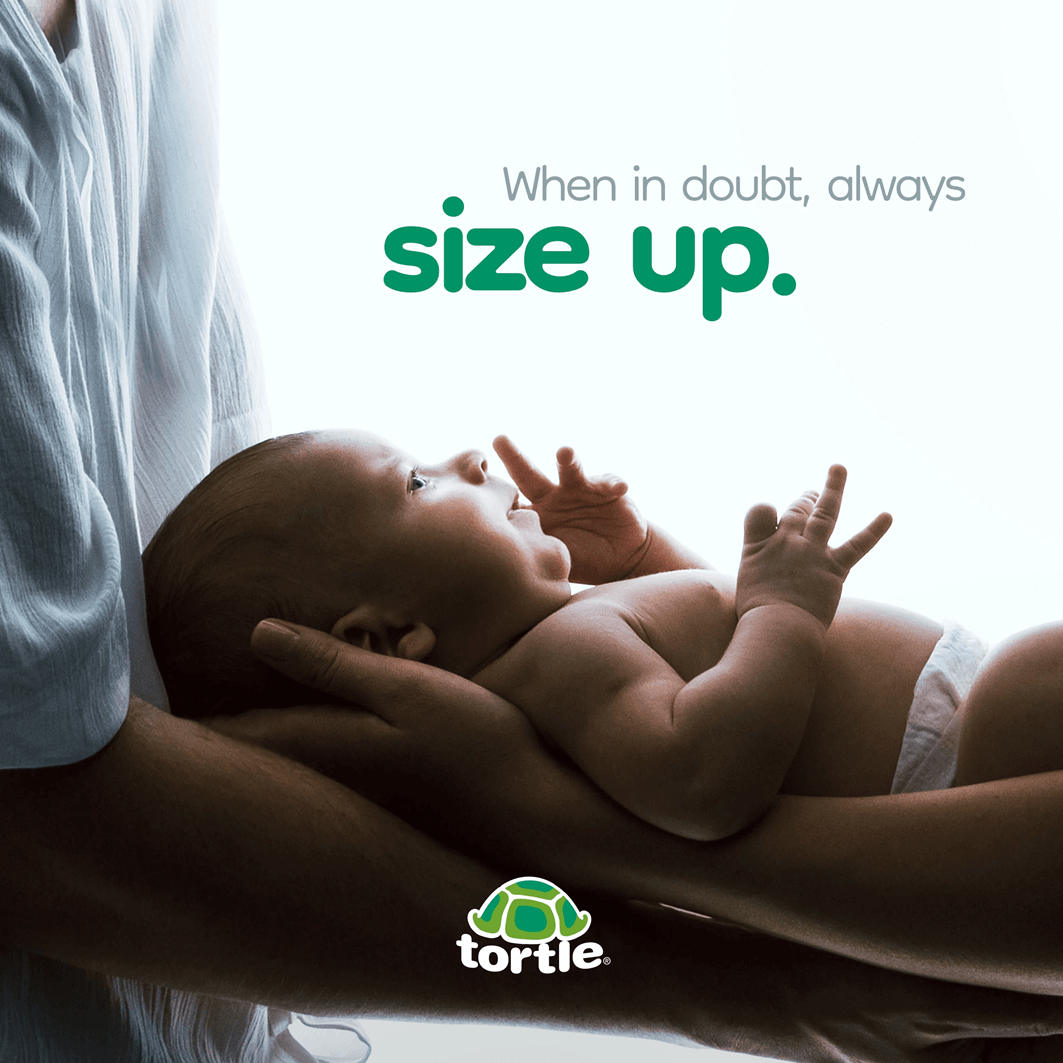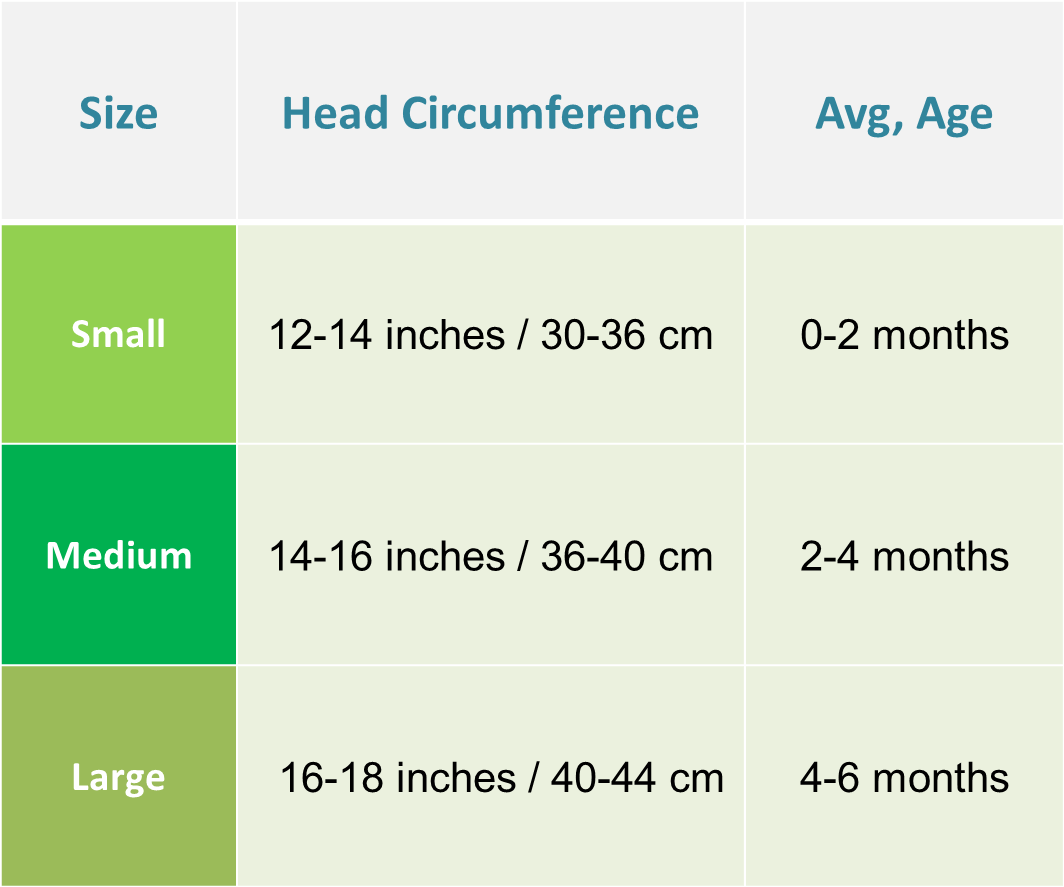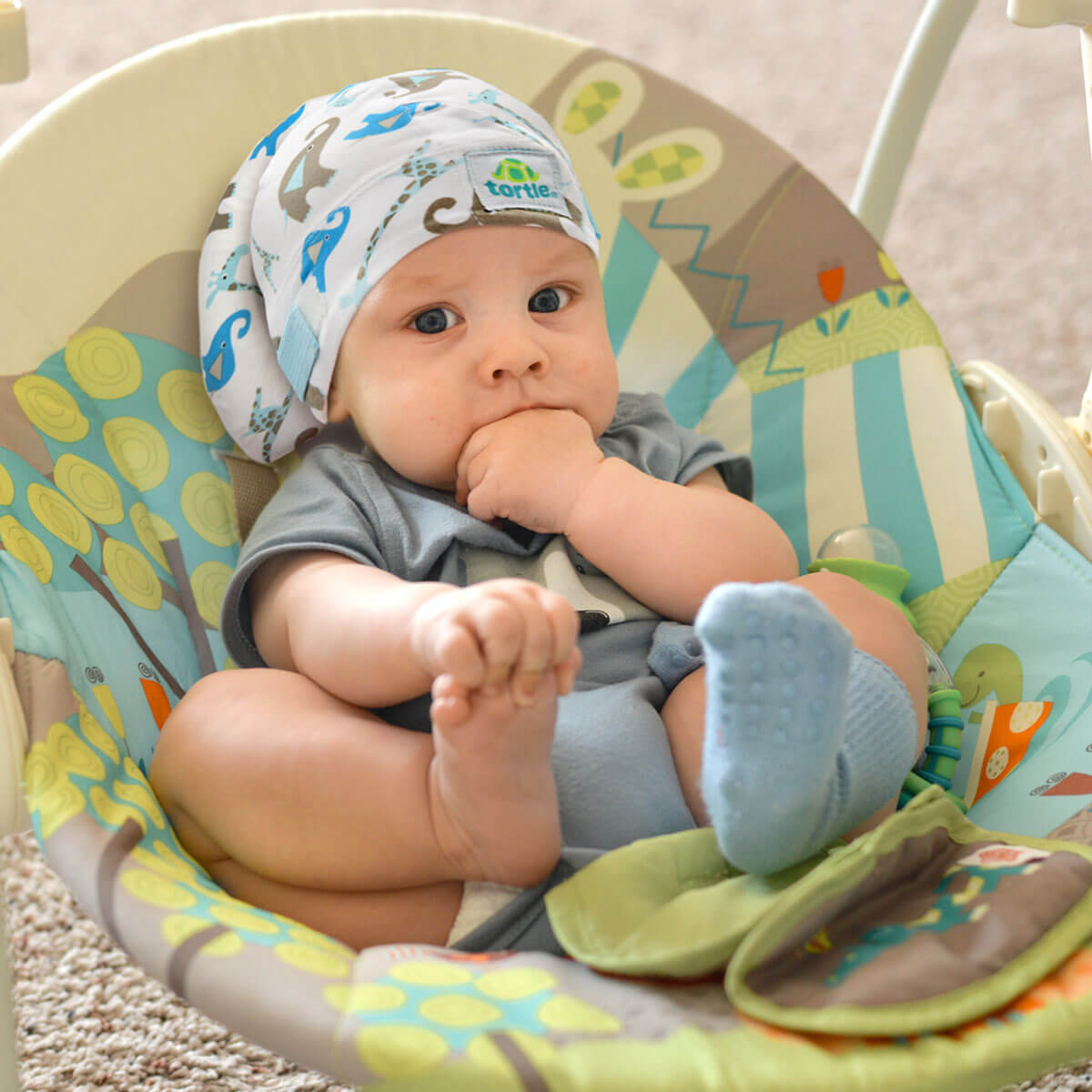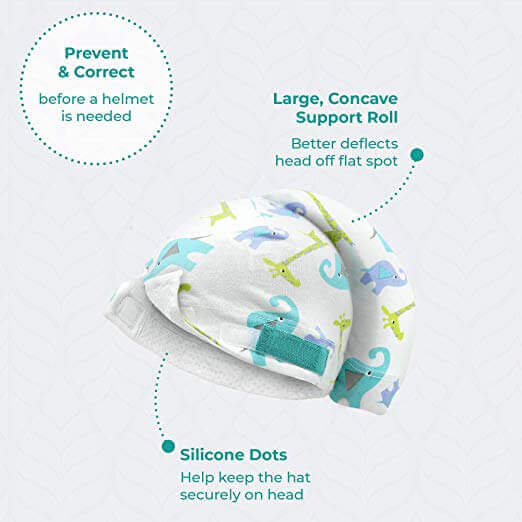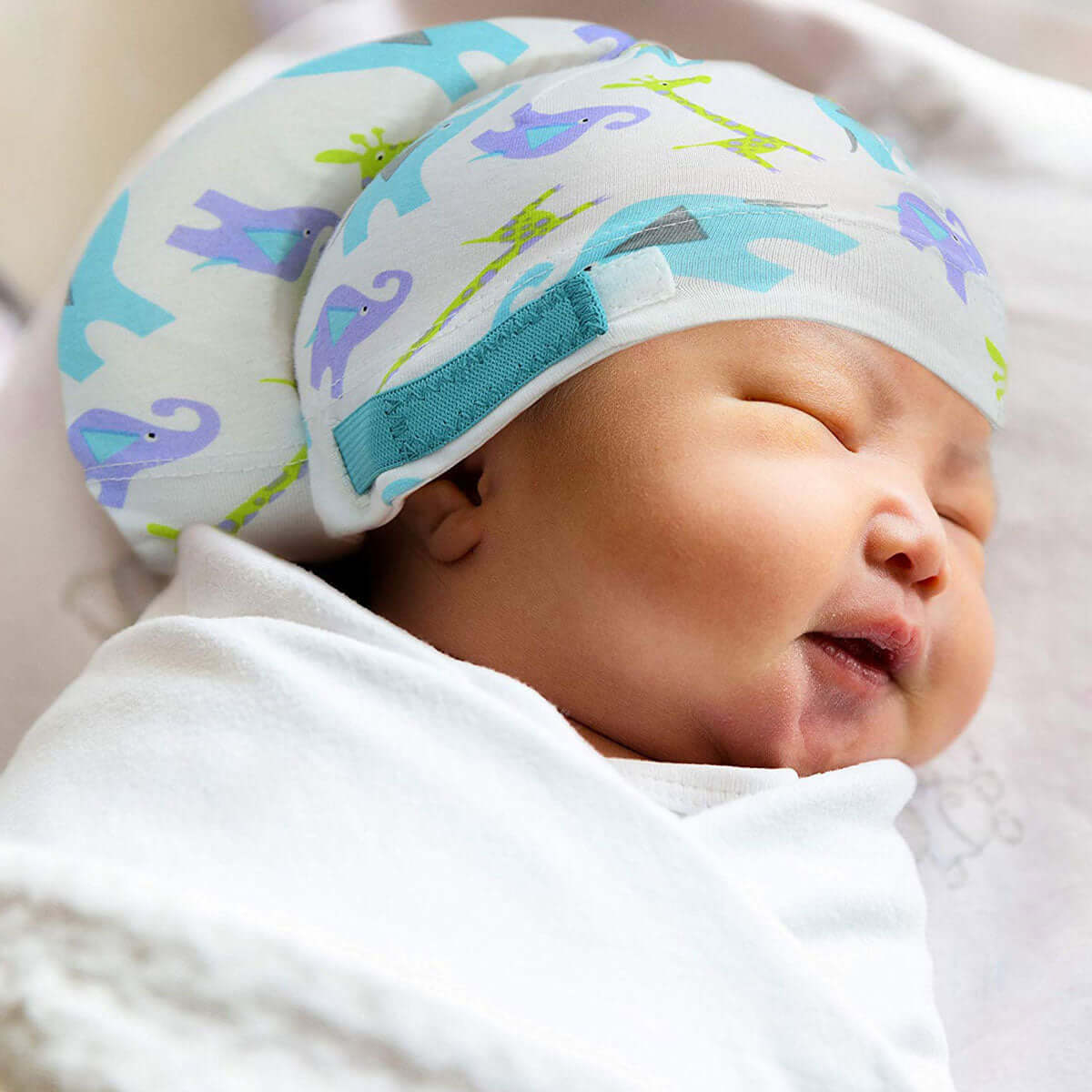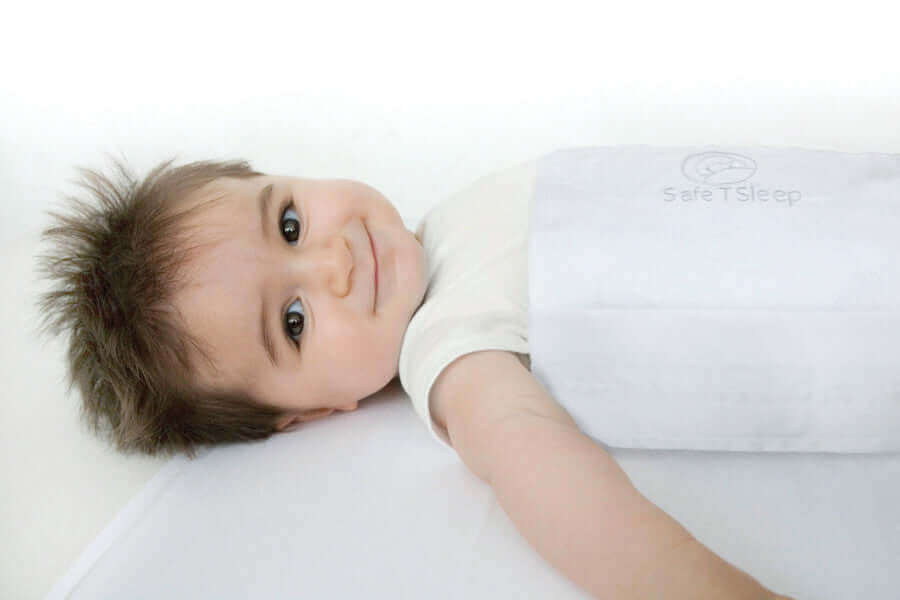Plagiocephaly
Bedding
Measurement
Torticollis
Positioning
Torticollis
Wry Neck or Twisted Neck (Torticollis) in Babies
Torticollis, which is also known as “wry neck" or "twisted neck”, is a curable condition that can occur when a baby’s neck becomes twisted, causing their head to tilt to one side. This tilting is due to the contracted neck muscle that is too short or too tight - sternocleidomastoid (SCM). This limits the child’s movement and may force them to keep their head in one position for long periods of time.
We have a range of products that help to remove, alter and/or distribute pressure that may result in Torticollis:
The Causes Of Torticollis In Babies
Torticollis occurs when a neck muscle is contracted or goes into a spasm, causing the head to turn to one side and the chin to rotate to the opposite side. It is commonly associated with the condition, Plagiocephaly. As many as 9 out of 10 infants diagnosed with torticollis will then also develop flathead syndrome. [Source]
Torticollis can be present since birth (congenital) based on the positioning of babies in the womb, as well as the birthing process itself, Torticollis is much more likely to occur if your child was born via caesarean, vacuum extraction, or forceps delivery. However, despite this, the cause of torticollis can remain unknown in some cases.
Torticollis can fall into two categories:
- Congenital Torticollis
Congenital Muscular Torticollis (CMT) is the most common type of torticollis and it can happen any time after the birth of your child. It usually occurs as a result of abnormal positioning in the womb, or a traumatic birth that resulted in stretches to the SCM muscle. - Acquired Torticollis
Acquired torticollis is relatively less common and often occurs in later childhood, usually due to an injury or inflammation in the SCM or trapezius muscles.
The most common symptom of torticollis is the rotation of the head to one side, whilst the chin rotates to the opposite. Your child is also likely to experience pain and discomfort, along with a decrease in the ability to move their neck and head. Your baby may also have tight neck muscles and find difficulty in breastfeeding on one side.

Because of the restriction in neck movement your child is unlikely to move much whilst sleeping, meaning they will only lay on their back, This is why Torticollis is commonly associated with positional plagiocephaly or flattening of once one side of the back of the baby’s skull (PubMed)(APP).
According to studies, up to 90% of the babies diagnosed with torticollis also developed a certain severity of plagiocephaly (Cranialtech). In serious cases, this can cause your child to experience face asymmetry, hearing difficulty, vision problems, and potential developmental delays. These signs typically become evident within the first few months after birth.
What can I do to help my child with Torticollis?
If you suspect your baby has congenital muscular torticollis, don’t worry too much, it is a relatively harmless and very treatable condition, it can often be resolved even before your child’s 1st Birthday!
To treat the condition effectively, you may ask for a referral to a paediatric physiotherapist to gain adequate advice. This is often enough to confirm the condition. Sometimes imaging tests like X-rays, Ultrasound or MRI scans may also be necessary to diagnose the condition.
Once diagnosed, you may see help from a Paediatric physiotherapist, a Chiropractor, or even an osteopath, in order to find the correct neck muscle stretching exercises for your child. This way you can help to restore their balance and mobility effectively. Several treatment sessions may be required and your therapist may also teach you exercises and stretching techniques that you can do with your baby, even at home!
Regular check-ups are likely to take place in order to make sure no further problems have developed. Congenital muscular torticollis usually goes away in no time at all. Only if the muscle does not loosen within the first year, would surgery be needed to realign the muscle.
View products that can help babies with Torticollis.
